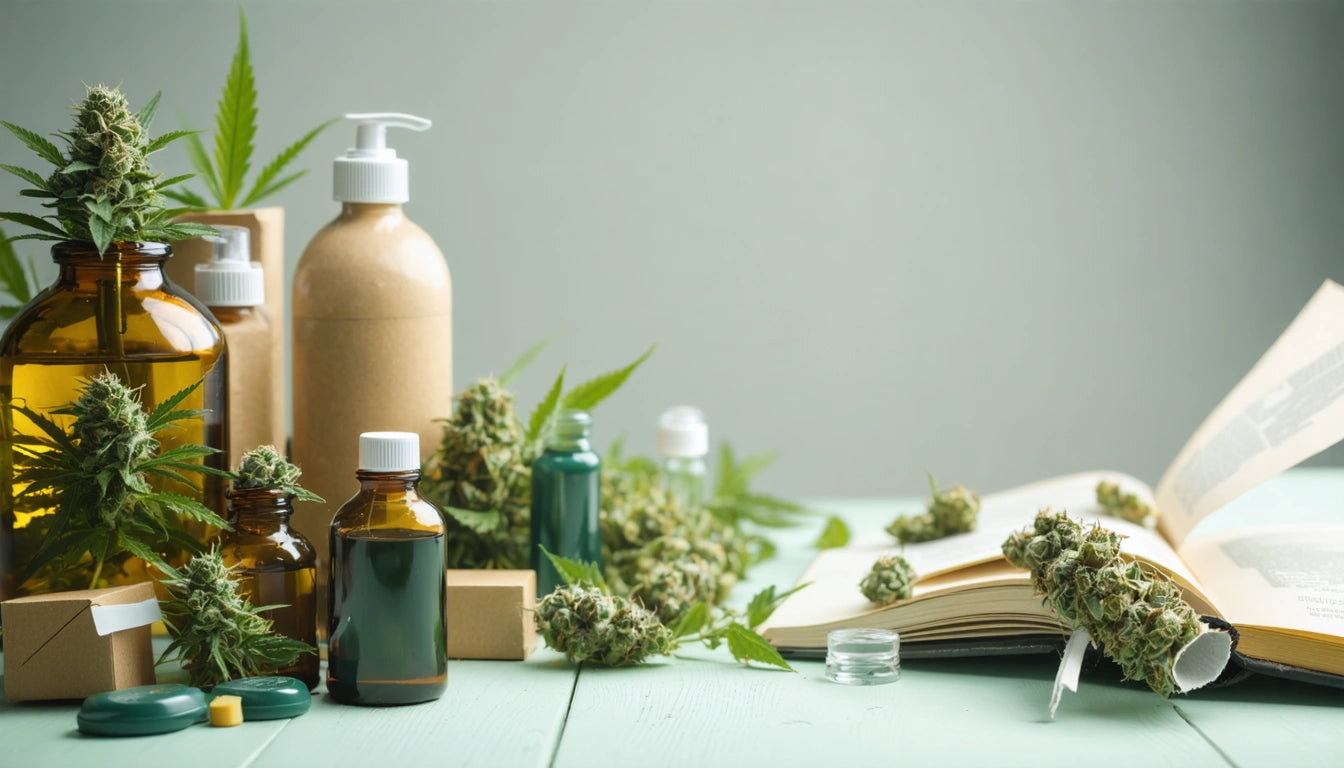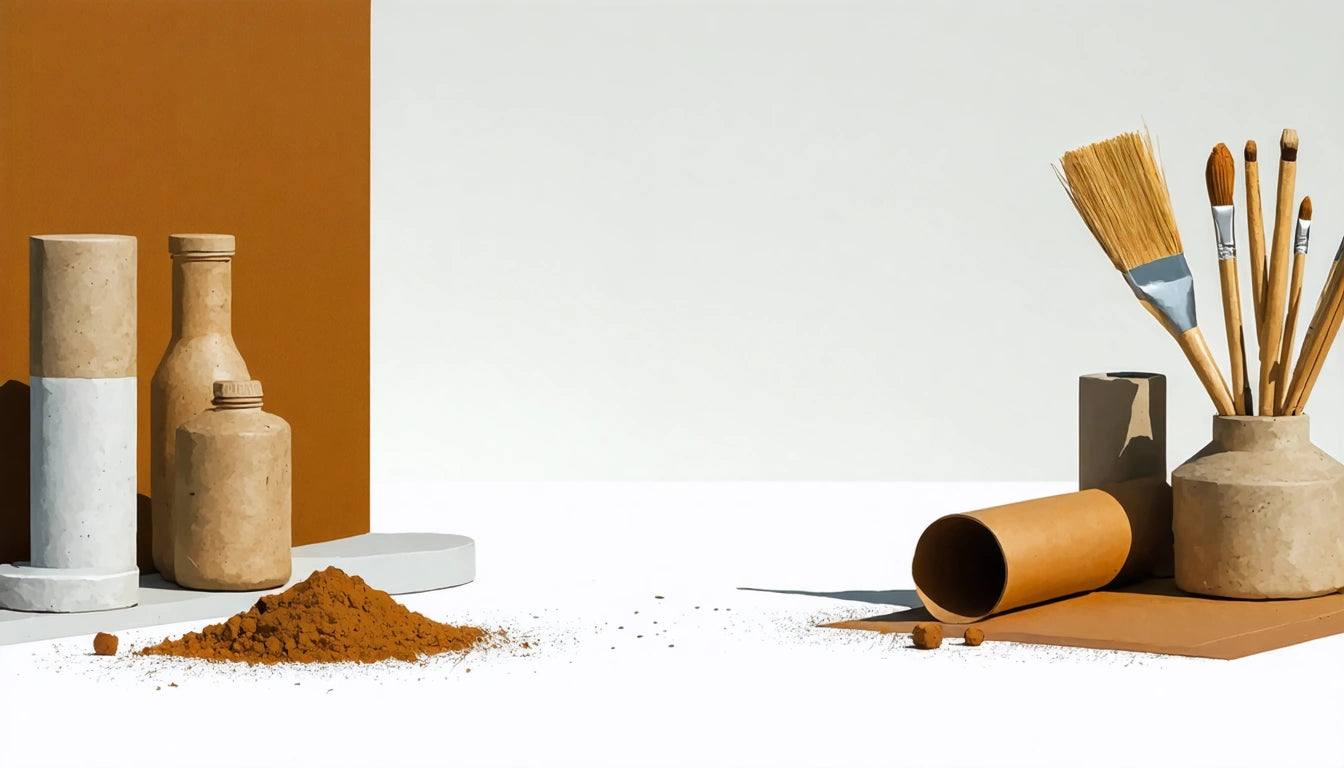Can Packaging Design Influence Shelf Life?
Packaging design significantly impacts product shelf life, particularly for sensitive cannabis products. The right packaging can extend freshness by weeks or even months, while poor design choices may accelerate degradation. Understanding how materials, structure, and functional elements work together is essential for brands seeking to deliver consistent quality to consumers.
Fundamentals of Packaging Design for Shelf Life
The relationship between packaging and shelf life begins with understanding degradation factors. Cannabis products face multiple threats: oxygen exposure, humidity fluctuations, light degradation, and terpene evaporation. Each factor requires specific design considerations to maintain product integrity.
According to packaging design experts, the primary functions of preservation packaging include:
- Creating oxygen barriers to prevent cannabinoid oxidation
- Controlling moisture exchange to maintain optimal humidity
- Blocking UV and visible light that degrade terpenes and cannabinoids
- Preventing physical damage during transportation and handling
Material Selection and Barrier Properties
Material choice forms the foundation of shelf life extension. Different materials offer varying levels of protection against environmental factors:
Mylar and Metallized Films
Mylar bags with aluminum layers provide superior oxygen and light barriers. Our specialized eighth bags collection demonstrates how multilayer films can create nearly impermeable barriers, helping preserve terpene profiles and potency in flower products for extended periods.
Glass vs. Plastic Containers
Glass offers excellent oxygen barrier properties but may allow light penetration unless tinted. High-density polyethylene (HDPE) and polypropylene (PP) provide good moisture barriers but may allow some oxygen transmission. The ideal material depends on product sensitivity and expected storage conditions.
Environmental Factors Affecting Cannabis Longevity
Beyond material selection, packaging must address specific environmental challenges:
Oxygen Control
Oxygen accelerates cannabinoid degradation through oxidation. Effective packaging minimizes headspace (air inside the package) and may incorporate oxygen absorbers or modified atmosphere packaging (MAP) to extend shelf life.
Humidity Management
Cannabis flower requires precise humidity control, typically between 58-62% relative humidity. Packaging solutions may include humidity control packets or specialized liners that maintain optimal moisture levels.
Light Protection
UV and visible light rapidly degrade cannabinoids. Opaque materials or UV-blocking additives in transparent packaging can significantly extend product viability. Designing packaging for longevity often means balancing display appeal with light protection.
Packaging Innovations for Extended Freshness
Several technological innovations have emerged to enhance shelf life:
Active Packaging Systems
These incorporate elements that actively change conditions inside the package:
- Oxygen scavengers that absorb residual oxygen
- Humidity regulators that absorb or release moisture
- Antimicrobial films that inhibit mold growth
Resealable Features
Zippers, press-to-close mechanisms, and child-resistant closures not only satisfy regulatory requirements but also maintain package integrity after opening. This is particularly important for products consumed over multiple sessions.
Nitrogen Flushing
Replacing oxygen with nitrogen before sealing extends shelf life by preventing oxidation. This technique is increasingly common for premium flower products where terpene preservation is critical.
Packaging Design Strategies for Maximum Product Preservation
Implementing effective shelf life extension requires a comprehensive approach:
First, conduct stability testing to understand how your specific product degrades under various conditions. This data informs material selection and design features needed for optimal preservation.
Second, consider the entire supply chain, including transportation conditions, retail environment, and consumer storage practices. Packaging must perform across all these scenarios.
Third, balance preservation with sustainability goals. Excessive packaging may extend shelf life but conflict with environmental initiatives. Newer biodegradable materials with strong barrier properties offer promising alternatives.
Finally, educate consumers about proper storage after purchase. Even the best packaging cannot overcome improper storage conditions at home. Clear instructions on temperature, light exposure, and resealing can significantly extend usable product life.
By approaching packaging design with shelf life as a primary consideration, brands can deliver consistently fresh products while reducing waste from premature degradation. The investment in quality packaging materials and thoughtful design pays dividends through enhanced consumer experience, stronger brand reputation, and reduced returns or complaints.











Leave a comment
All comments are moderated before being published.
This site is protected by hCaptcha and the hCaptcha Privacy Policy and Terms of Service apply.